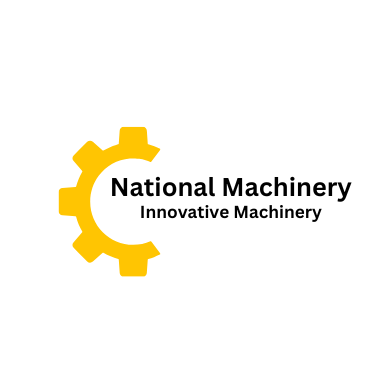This blog post will provide actionable tips and best practices for construction companies, contractors, and equipment owners to maximize the lifespan of their machinery. It will focus on regular maintenance, proper usage, and other strategies that help prevent premature wear and tear, ensuring that equipment serves its full life cycle, offering both performance and cost savings.
Outline
1. Introduction
- Begin by addressing the high costs associated with purchasing construction equipment and how maximizing the lifespan of machinery is essential to get the most value out of the investment.
- Mention the importance of proactive care and attention to detail to prevent equipment from breaking down too soon.
- Introduce the purpose of the blog: to provide actionable advice that will help readers extend the life of their construction equipment, save money on repairs, and improve project efficiency.
2. Regular Maintenance is Key
- Routine Inspections: Discuss the importance of scheduling regular inspections for machinery to identify any wear and tear before it turns into a more serious problem.
- Oil Changes and Fluid Checks: Highlight the importance of routine oil changes, lubrication, and fluid checks, such as coolant, brake fluid, and hydraulic fluid.
- Filter Replacements: Explain how cleaning or replacing air and fuel filters on time can keep the engine running efficiently and reduce wear.
- Tire and Track Care: Offer tips on maintaining tires and tracks (e.g., proper inflation and tracking) to ensure better traction, stability, and performance.
- Importance of Manufacturer’s Guidelines: Emphasize the importance of following the manufacturer’s maintenance schedule and using the correct parts and fluids for the machinery.
3. Proper Operating Procedures
- Training Operators: Discuss the value of having skilled and trained operators who understand the proper handling and operation of machinery.
- Avoid Overloading Equipment: Highlight the importance of not exceeding the manufacturer’s recommended load limits to prevent undue stress on the machinery.
- Smooth Operation: Stress the importance of operating equipment smoothly and avoiding aggressive driving, sudden starts, or harsh braking, which can wear out the machinery faster.
- Proper Warm-Up and Cool-Down: Mention how warming up machinery before use and allowing it to cool down after work can help preserve the engine and reduce strain on the equipment.
4. Maintain Proper Storage and Parking Conditions
- Indoor vs. Outdoor Storage: Discuss the benefits of storing equipment indoors to protect it from weather damage (rust, corrosion, extreme temperatures).
- Covering Machinery: Suggest using weather-resistant covers for machinery when stored outdoors to protect it from dust, debris, and moisture.
- Off-Season Storage: Provide tips for off-season storage, such as draining fluids, disconnecting batteries, and keeping tires properly inflated to prevent flat spots.
- Cleaning Equipment Regularly: Mention the importance of cleaning machinery after each use to remove dirt, grime, and chemicals that can degrade materials over time.
5. Address Wear and Tear Early
- Timely Repairs: Explain the importance of addressing minor issues early before they turn into bigger, costlier repairs.
- Keeping Spare Parts on Hand: Recommend keeping frequently replaced parts (e.g., belts, filters, gaskets) in stock to quickly repair any issues and minimize downtime.
- Listen to the Machine: Advise operators to be vigilant about any unusual noises, vibrations, or performance issues and report them early to prevent further damage.
6. Enhance Performance with Upgrades
- Technology Upgrades: Discuss how upgrading machinery with newer technologies, such as fuel-efficient engines, GPS systems, or telematics, can improve performance and extend the lifespan.
- Safety Features: Emphasize the importance of retrofitting older machinery with new safety features to avoid unnecessary damage and protect the equipment and operators.
7. Documentation and Record-Keeping
- Maintenance Logs: Encourage readers to keep detailed records of maintenance, repairs, and inspections. This documentation helps track performance and detect patterns that may indicate potential problems.
- Warranty and Service History: Stress the importance of keeping track of warranties and service history, which can provide support during repairs and when reselling machinery.
8. Conclusion
- Summarize the main strategies for extending the lifespan of construction machinery: regular maintenance, proper operation, early repairs, and smart storage practices.
- Reinforce the idea that investing in proper care today can lead to major savings and improved productivity in the future.
- Remind readers that their machinery is an asset and that extending its lifespan ensures a good return on investment and less downtime.

